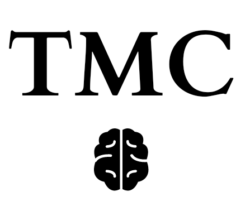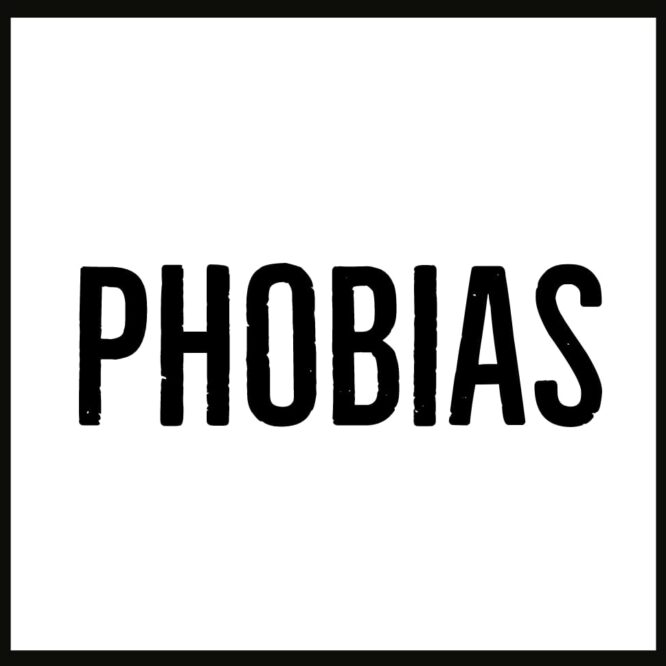Types of Social Phobias in St Albans & Chichester
Social phobias treatment
Social phobias can severely disrupt normal life, interfering with school, work, or social relationships. The dread of a feared event can begin weeks in advance and can be quite debilitating.
The following are some of the more common phobias that we have consulted for:
Arachnophobia (spiders) Aviatopophobia (flying), Hydrophobia (water), Acrophobia (heights), Claustrophobia (enclosed spaces), Agorophobia (open spaces), Demophobia (crowds), Nyctophobia (darkness), Odontophobia (dentists), Glossophobia (speaking in public), Aichmophobia (needles), Thanatophobia (death or dying).
The above phobias are almost always indirect – this means that they are usually indirectly linked to an unresolved emotional conflict.
All the other phobias in this section, are usually direct phobias. The above phobias have been grouped together, because they usually symbolise a situation where the sufferer feels out of control. There are very few situations in life that could symbolise a feeling of being out of control: flying in a tin can at 400 miles an hour, two miles up in the sky; lying on a dentists couch, about to receive an injection or drill into your mouth; being in a completely dark room, where you can’t even see your own hand in front of you; caught up in a large crowd of people, being dragged along with them… you get the picture!
EMETOPHOBIA or EMETEPHOBIA
This is a fear of being sick, aka: Phagophobia, Vomitophobia, vomit phobia, sickness phobia.
Associated fears include gagging, seeing others being sick, choking on food, pregnancy (due to possibility of morning sickness), drowning, and social phobia.
TMC has treated hundreds of people with Emetophobia, so it clearly is a very common phobia! This phobia seems to effect more women than men, and tends to have a very disabling effect on the sufferer; quite often the person has to avoid all places where there is a possibility of themselves (or others) being sick: pubs, restaurants, clubbing, eating in front of others, etc.
Because of the link between eating and being sick, the sufferer tends to be a little obsessive about what and where they will eat.
A lot of sufferers tend to view being sick as horrible, dirty, nasty, etc, and so it is quite common for emetophobics to also have fears of other situations where they might feel the same way; using the toilet, the inability to urinate in front of others (shy bladder), or even being sweaty.
Nearly all the sufferers TMC has helped, have also had Social Phobia (see below). Sometimes called Emetophobia, sick phobia, sickness phobia, vomiting phobia, fear of vomiting, fear of gagging, fear of choking, or globus hystericus.
COPROPHOBIA or CORPOROPHOBIA
This is a fear of using the toilet (passing faeces) also known as toilet phobia. It is a fear of anything related to faeces, toilets, public toilets, being heard going to the toilet, feeling unclean or dirty generally and is another fairly common phobia.
Typically the sufferer finds it difficult or impossible to use a public toilet. Much of the time the fear is specifically about losing bowel control in public. Quite often the sufferer has very precise routines they have to adhere to, in order to be able to go to the toilet.
Sometimes people with Coprophobia or Coporophobia use laxatives to avoid the feeling of going to the toilet, and sometimes they might even use manual evacuation or auto-disimpact, which means they manually intervene and cause themselves to empty their bowels.
SOCIAL PHOBIAS (SCOPOPHOBIA)
This is a fear of embarrassing, or humiliating on the spot type situations (in public). Also known as social anxiety, social anxiety disorder, fear of being judged.
SOCIAL PHOBIAS are probably the most common phobia there is; a pervasive fear of any situation where the sufferer is likely to feel on the spot, embarrassed, humiliated or judged. For example, dinner parties, public speaking, interviews, appearing in court, singing, stuttering, etc.
Associated symptoms include sensitivity to criticism, negative self-image, fear of rejection, difficulty in being assertive and feelings of inferiority. The social phobic worries continuously about how others see them and what others may think about them – it is not surprising then that the sufferer usually spends a lot of time creating the image they want others to see. Usually the social phobic is quite adept at concealing their anxiety from others, although there is quite often a difficulty in maintaining eye contact.
Studies from the USA indicate that in a clinical setting between 3 and 13% of people had social phobia. Social phobia generally starts in the mid-teens (it often follows on from just being shy) or can be triggered by a particularly embarrassing event. As with all phobias, stress (or the lack of it) will have a significant effect on the strength of the anxiety created.
In the D.S.M.4 (the Mental Health Bible) the main criteria for social phobia is listed as a marked and persistent fear of one or more social or performance situations in which the person is exposed to unfamiliar people or to possible scrutiny by others. The individual fears that they will act in a way that will be humiliating or embarrassing.
Some symptoms that may appear alongside (or be caused by) social phobias or social anxiety are:
- Public speaking
- Talking on the telephone
- Writing in front of someone
- Blushing, or a fear of blushing
- Stuttering or stammering
- A lack of confidence
- Working too hard (to please others)
- Setting unachievably high standards (and feeling bad when they are not met)
- A preoccupation with how you look. Perfecting an image you want others to see (NOT vanity – this is about trying to blend in)
- Certain twitches or tics
- Shy bladder (men) not being able to pee, when on the spot
- Certain sexual inhibitions – due to performance anxiety
- Repeated failure of driving test – due to performance anxiety
- A persistent fear of failure, or not making the grade
- Basically, any situation in life where you might feel embarrassed, on the spot, judged, silly, out of control, etc.
SHY BLADDER
This is the inability to urinate in front of others. It is also known as Paruresis, stage fright, toilet anxiety and toilet phobia.
Shy bladder is one of the most common symptoms that men consult TMC for. Men with shy bladder have a great difficulty peeing in front of other people, or in a place that they are unfamiliar with. As with all phobias, the severity of the symptoms can change from person to person. A shy bladder can fluctuate depending on the persons stress level. Some men find it a little difficult to pee in a crowded toilet, some can only pee in their own toilet (causing great difficulties – because the person has to come home from work, just to have a pee).
It is rare that a man consults his G.P. with the problem – and because of this, there is very little written on the subject.
If your phobia has not been listed please remember that the list is not exhaustive. We can still help even though there is no reference.
Contact us to book your initial consultation for social phobias treatment.
Click here to find out more about General Phobias in St Albans and London.
Contact us to book your initial consultation.
Available in Chichester and St Albans, Hertfordshire.

